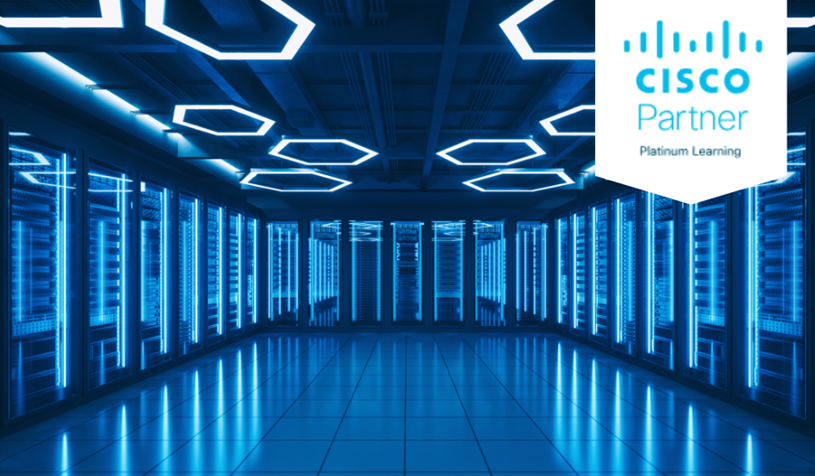IPv6 Fundamentals, Design, and Deployment (IP6FD) is a five-day training that provides you with the knowledge and skills needed to implement and configure the IP version 6 (IPv6) features of Cisco IOS software. The training also provides an overview of IPv6 technologies; covers IPv6 design and implementation; describes IPv6 operations, addressing, routing, services, and transition; and describes deployment of IPv6 in enterprise networks as well as in service provider networks. The training includes case studies that are useful for deployment scenarios and remote labs. How You'll Benefit This training will help you:
Learn how to successfully configure the IP version 6 features of Cisco IOS Software
Gain leading-edge skills for high-demand responsibilities in the enterprise sector
Earn 40 CE credits toward recertification
Labs
Using Neighbor Discovery
Using Prefix Delegation
Routing with OSPFv3
Routing with EIGRP
Routing with BGP and MP-BGP
Multicasting
Implementing Tunnels for IPv6
Configuring Advanced ACLs
Implementing IPsec and IKE
Configuring Cisco IOS Firewall


